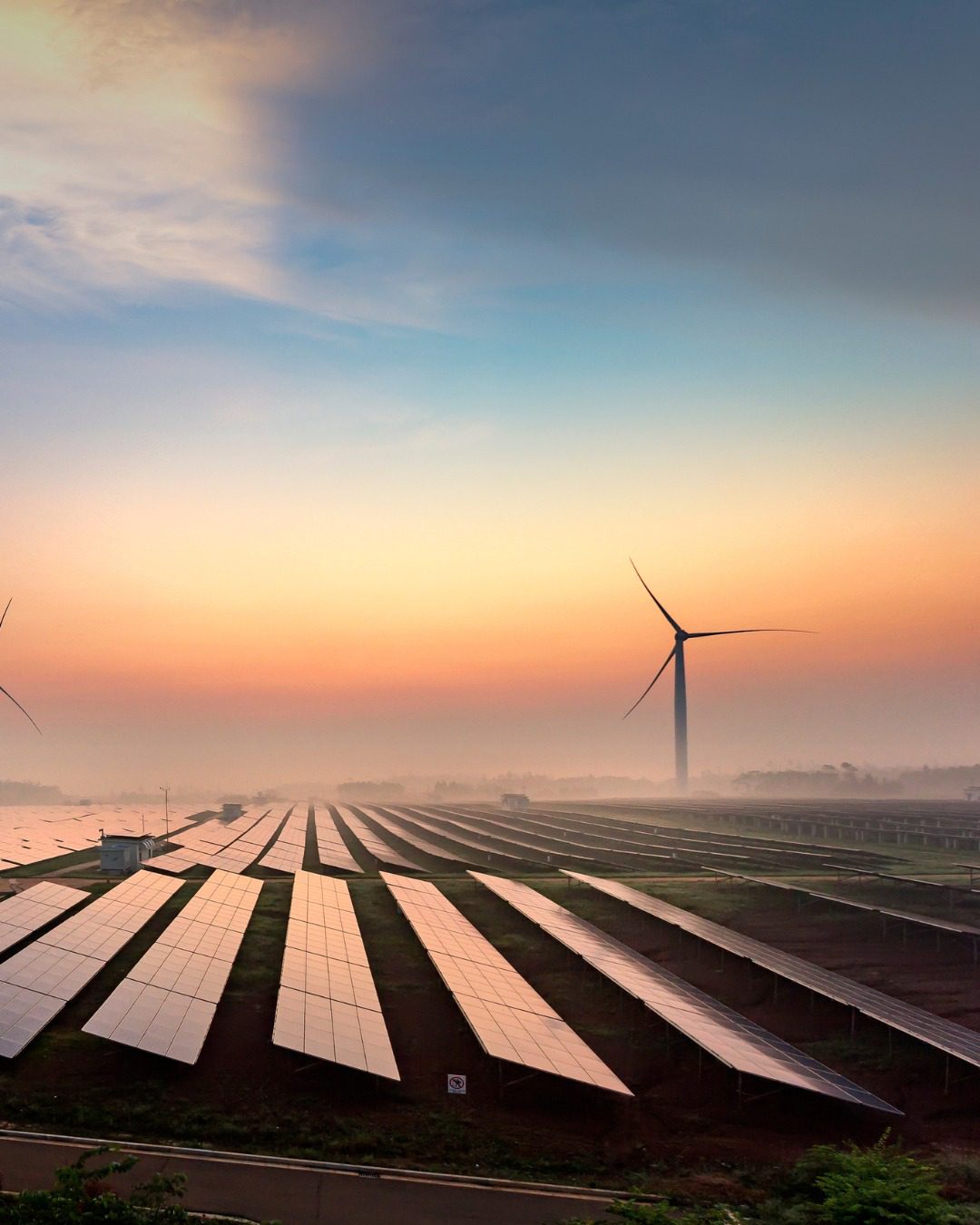When a state’s economy relies heavily on fossil fuels, transitioning to renewable energy can take some getting used to. That’s the case in Wyoming, a major producer of coal, crude oil, and natural gas that also stands to benefit from federal legislation incentivizing states to boost their clean-energy programs.
One such bill that stands to support the energy transition in Wyoming is the Inflation Reduction Act. While Wyoming’s U.S. Senators John Barrasso and Cynthia Lummis did not vote to pass the bill, the two did recently co-host a public summit to help train Wyoming communities and organizations on how to apply for federal funds designed to accelerate the country’s clean-energy transition.
There’s a lot at stake for Wyoming in terms of capital investments — more than $7 billion in federal funds alone, according to an analysis by RMI, a nonprofit organization dedicated to clean-energy acceleration.
That adds up to more than $12,000 per person in Wyoming, which would be the highest per-capita rate in the country.

Photo Courtesy RMI
In its analysis, RMI said that states with “strong renewable energy potential and industrial activity” have the most to gain by taking advantage of provisions in the IRA. Most of these states — including Wyoming — have a lot of rural and industrial communities that will “uniquely benefit” if governments deploy clean energy technology and infrastructure.
According to RMI, here are some of the ways states can benefit:
- Clean energy tax credits for new renewable power projects.
- Rebate programs to support low- and moderate-income homes to electrify their houses.
- Grants for climate reduction projects that aim to reduce carbon emissions.
For Wyoming to take full advantage of the federal clean-energy funds available, it must first overcome a couple of significant hurdles, ICN reported. One is the state’s inexperience in competing for federal dollars. Another is its “deep commitment” to fossil fuels and the tax revenue they generate.

Photo Courtesy RMI
According to the U.S. Energy Information Administration (EIA), Wyoming holds nearly two-fifths of U.S. recoverable coal reserves at producing mines. “The state has led the nation in coal production since 1986 and accounts for two-fifths of all coal mined in the United States,” with 10 major coal fields and eight of the 10 largest coal mines in the nation.
Petroleum is another major resource in Wyoming, which ranks fourth in the nation in per-capita petroleum consumption by barrels. According to EIA data, Wyoming holds about 2% of U.S.-produced crude oil reserves and is the eighth-largest crude oil producer in the country. Wyoming also ranks among the top 10 states in natural gas reserves and marketed natural gas production.
Despite its commitment to fossil fuels, Wyoming has made progress on the clean energy front.
Renewable power sources were used to generate nearly one-quarter of the electricity in Wyoming as of 2022, according to the EIA. Wind power accounted for about 90% of the state’s renewable electricity.
The fourth-largest source of Wyoming’s in-state generation is hydroelectric power. Solar is another large potential power source, though there was “little solar generation” in the state until 2019, the EIA noted. Nearly all of Wyoming’s solar creation comes from Sweetwater Solar, a 92-megawatt farm. It started producing in 2018 and is “the state’s only utility-scale solar power facility.”

Photo Courtesy RMI
But wind power holds the most near-term potential as a renewable energy source in Wyoming. ICN cited research from the National Renewable Energy Laboratory (NREL) estimating that the state’s wind power capacity could expand five-fold by 2030 if it takes full advantage of IRA incentives.
“Wyoming is really well-poised to take advantage of clean resources that they have in the state, like wind, and Wyoming is already taking action,” Ashna Aggarwal, RMI senior associate, told ICN.
One project under construction is the 3,500-megawatt Chokecherry and Sierra Madre Wind Energy Project near Rawlins in southern Wyoming. When it is completed, the project will rank as the largest wind farm in the country. According to ICN, operations are scheduled to begin in 2027 and provide power to Nevada, Arizona, and California by way of the 732-mile TransWest Express high-voltage transmission line.





